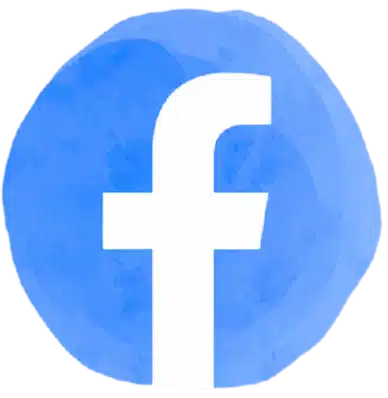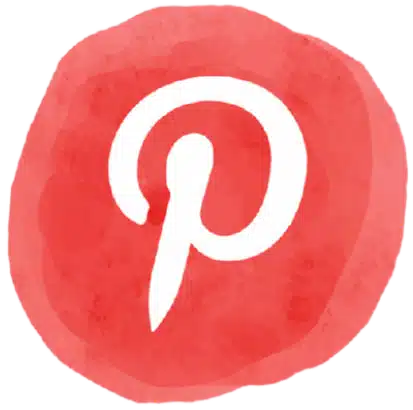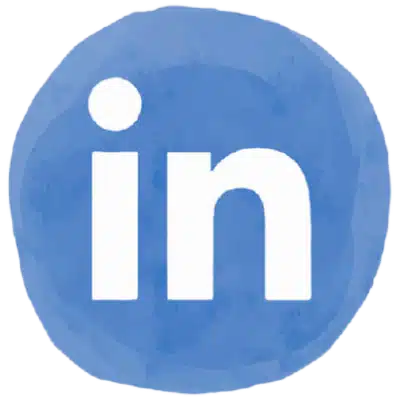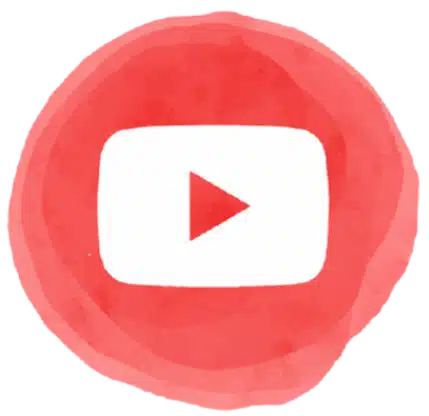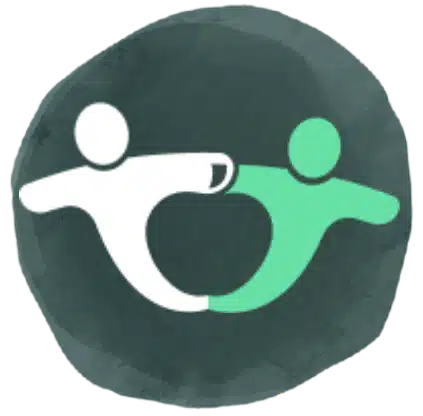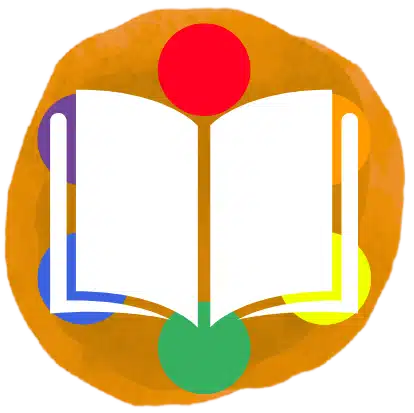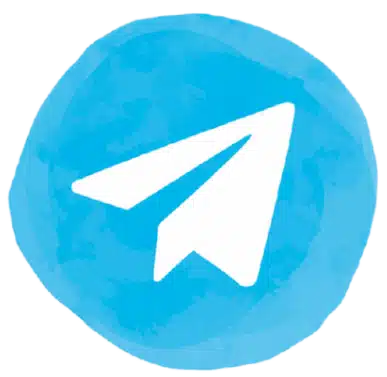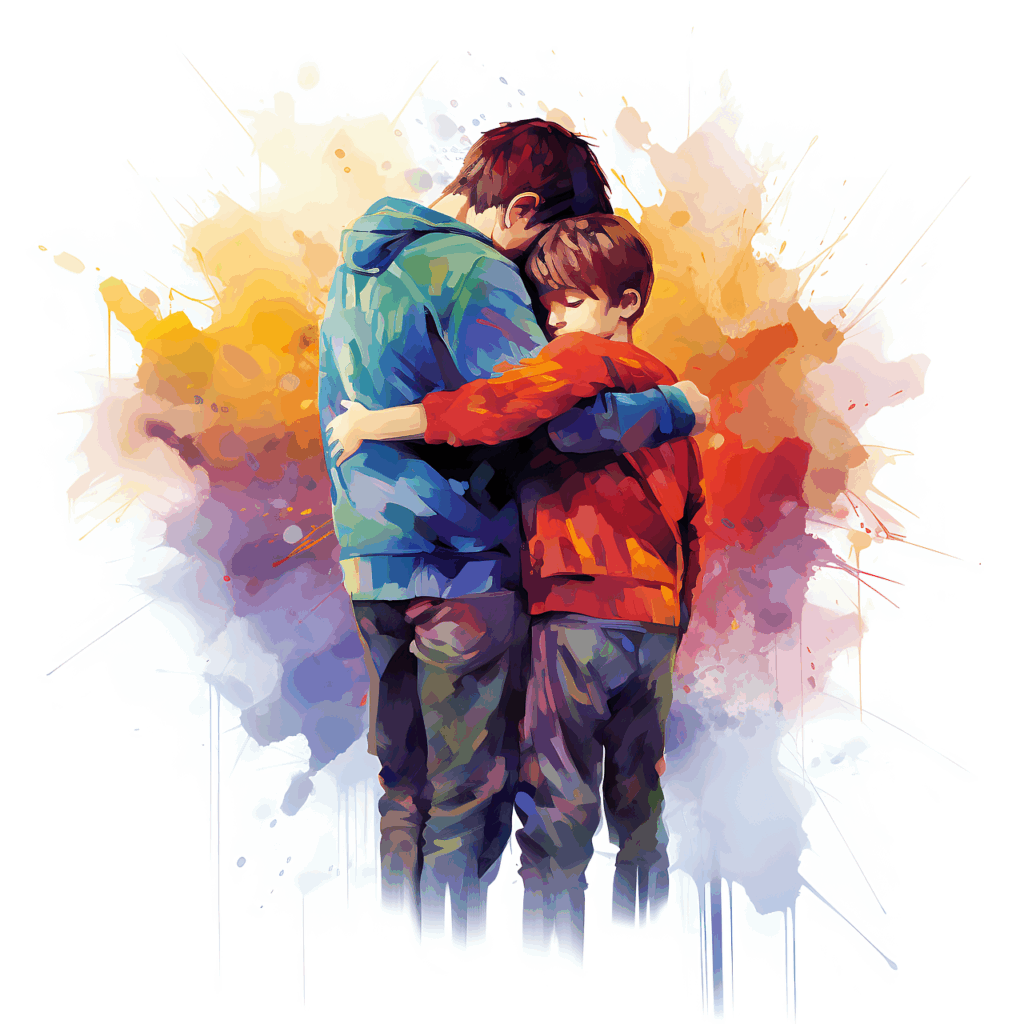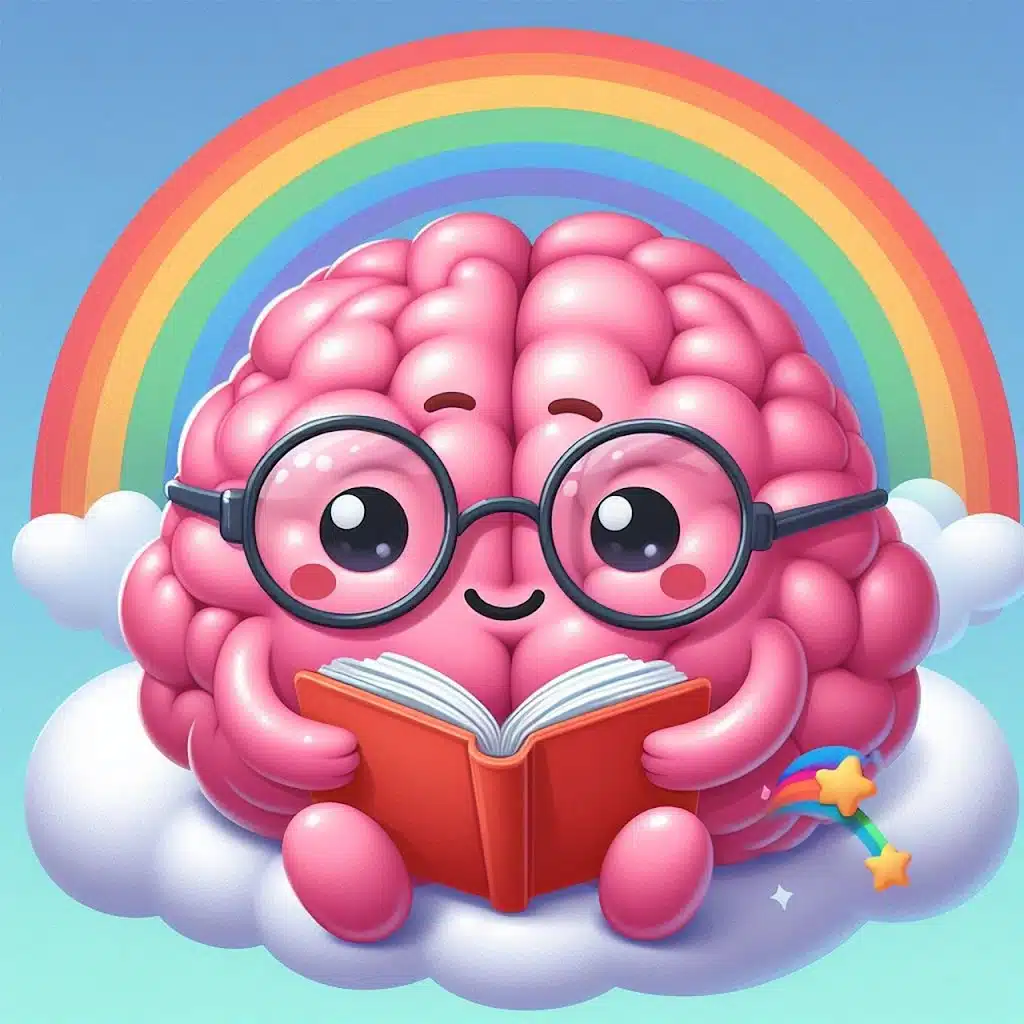“My grandfather had the heart of a lion, the eye of an eagle…and a lifetime ban from the zoo.”
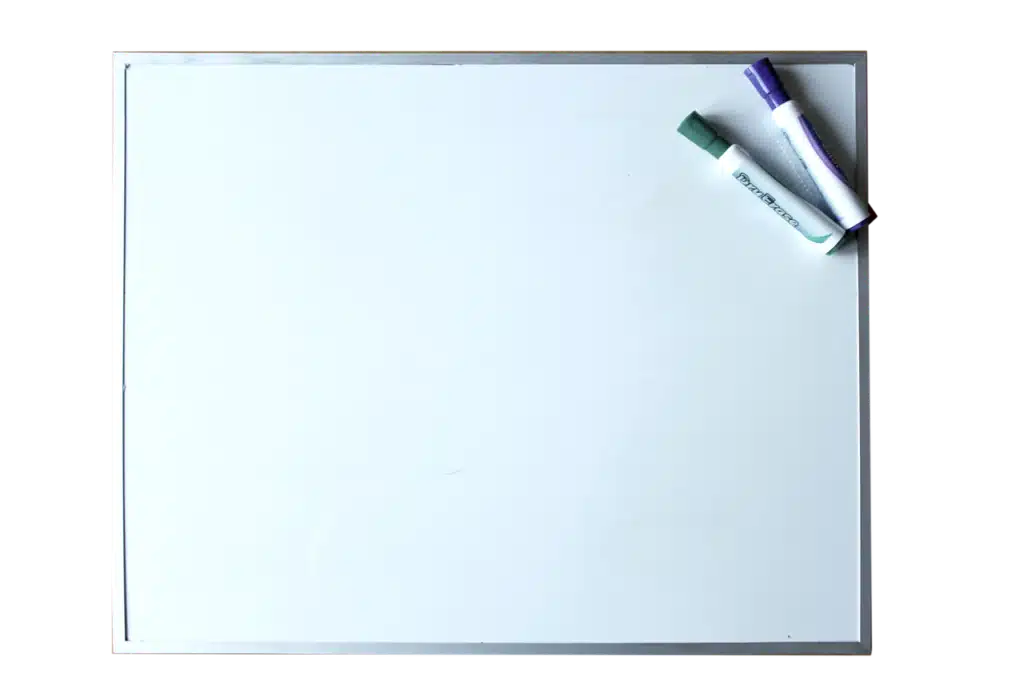
I put this on my board one school day. See, for the last 5 or so years, I’d had a poster-size white erase board in the hallway of my school. It was beside the entrance to the cafeteria. Therefore, every student would have a chance to see it during the day. I then sit in my room and listen to the conversations in the hallway. The children, I think, would have voted this joke as the best one that year.
But my board had a purpose beyond the amusement of everyone in the school. Not only did it lighten the mood and start the day with fun, every child in that school knew who I was. I wasn’t just an unknown adult that pulled kids out of classes. I raised the bar for vocabulary for the entire school. It gave everyone a common thing to talk about, and (let’s be honest) identified students that likely would need my services at one time or another.
The Therapeutic Value of Humor
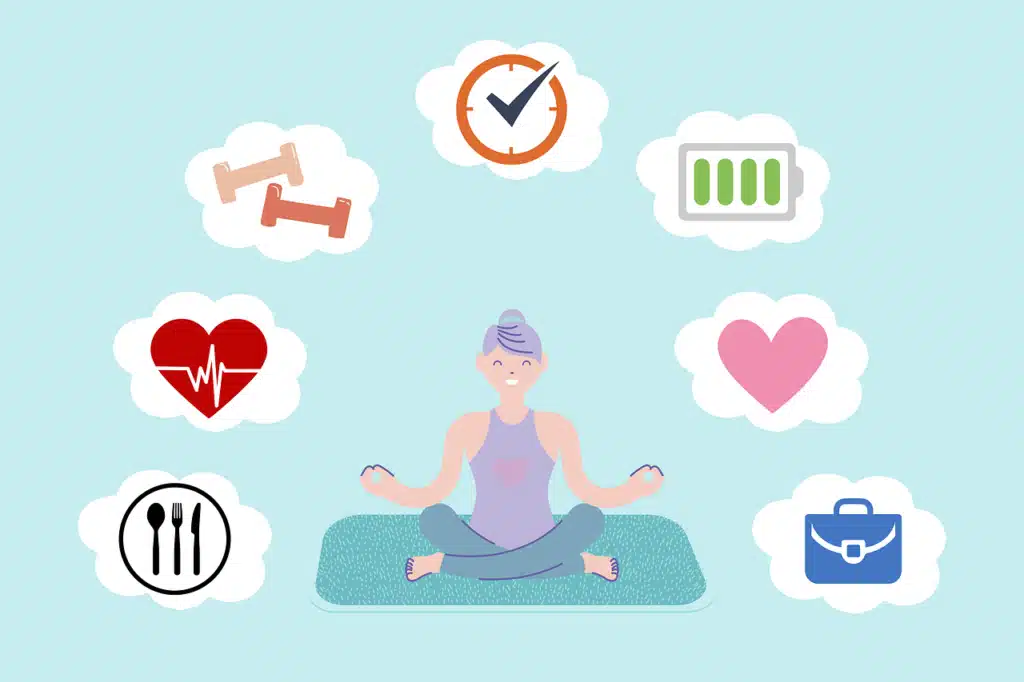
Most of us feel better after a good laugh, and it’s not all in your head. Laughter increases those feel good chemicals in your brain. It boosts the immune system and relieves stress. It gives us a social connection and helps shift perspectives into a lighter side of life. It even improves circulation and gives your tummy a bit of a workout. I have no doubt it created a happier, more connected school environment than there otherwise would have been.
Academic Benefits of Humor
Most of us have thought about how jokes can address multiple speech and language skills. To understand humor, students have to understand nuances, multiple meanings, and wordplay. Often jokes rely on figurative language. They involve cognitive processes like inference, prediction, and abstract thinking.
Jokes help students practice social skills such as turn-taking, perspective taking, and understanding social cues. They build rapport. When telling a joke, students are practicing fluency skills like pacing and intonation, as well as articulation skills. Students are encouraged to commit the joke to memory so they can retell it. This helps them work on memory skills as well.
Building Rapport and Engagement:
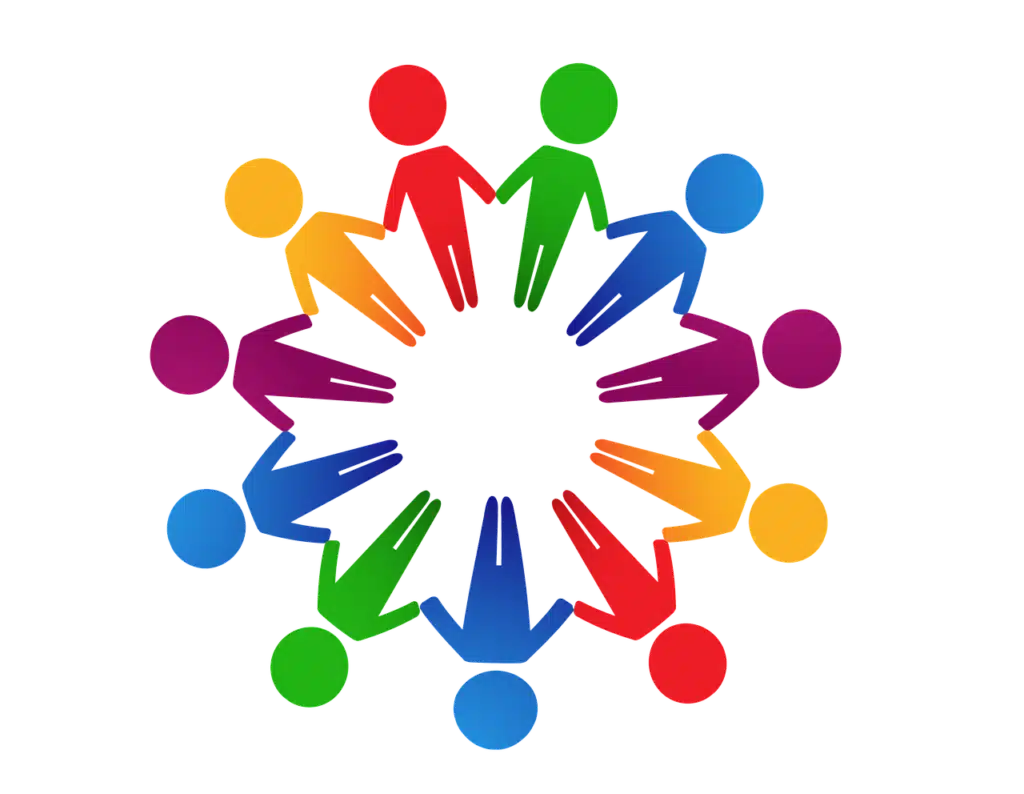
Humor builds a bridge between students and teachers. It makes school a more light-hearted place. Having a joke to share gives shy or anxious children a low-pressure way to engage in conversation. The kids would tell the jokes to each other, and talk about whether it was funny or not. They discussed what made it a joke. I often heard teachers using the jokes as a teaching opportunity in the hallways.
As I talked with others about why I had the joke board, it raised awareness with teachers. They realized that what I did with students inside my little room wasn’t just working on /r/ and /s/. When I called it my “school-wide intervention,” it highlighted how essential speech and language skills are for daily communication. Students in the school knew who I was, and saw me as a positive person in the school. I had teachers and students alike bringing me jokes.
Addressing Challenges and Limitations:
So, what is the problem with using humor? I did have to be careful that the jokes were school appropriate, of course. No jokes about “two guys walk into a bar.” They had to be age-appropriate as well, so I skipped over a lot of jokes. Some of these the students at my school might not have the context or vocabulary for. And some kids just didn’t get the jokes (and they were usually on my list for MTSS interventions).
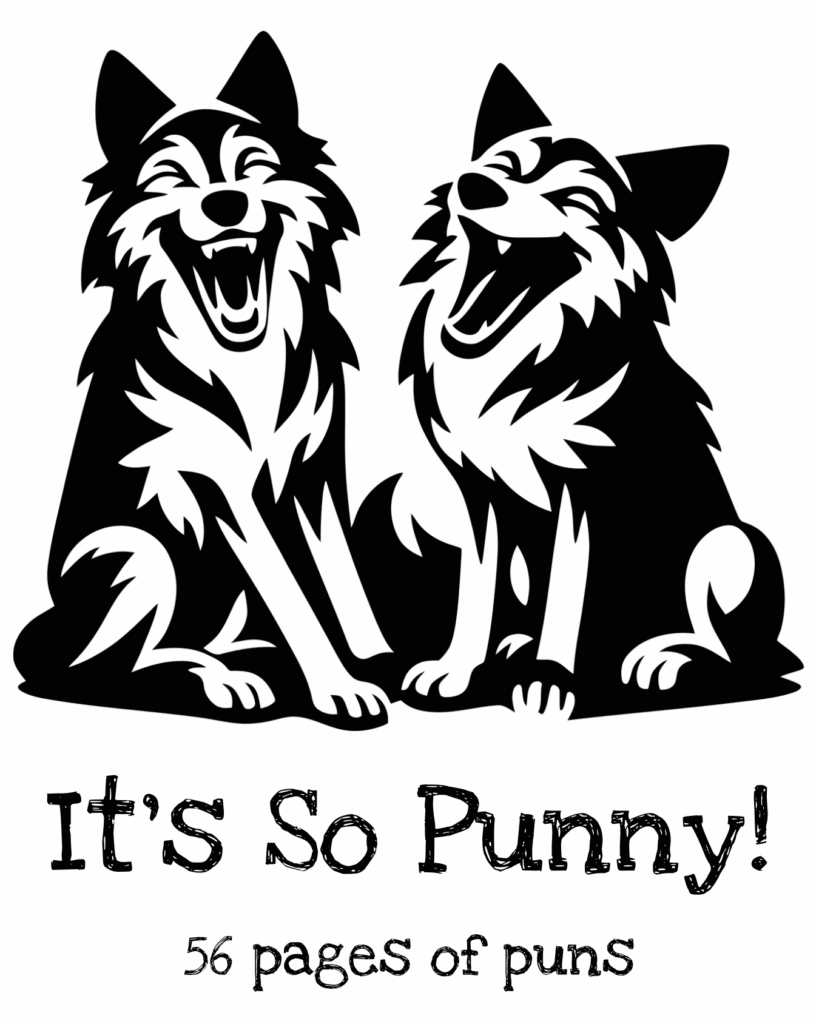
Finding enough jokes for the entire year was a bit difficult the first year. I then had to keep track of them somehow. Now I have It’s So Punny, a document that is over 50 pages long, full of jokes appropriate for school, which you can find in my TPT store.
The board itself was an issue at some points through every school year. There is always that one student who finds it entertaining to erase it with their fingers. I would switch from dry erase to wet erase to whiteboard crayons throughout the year. Having a transparent cover might have helped that problem. I had to get permission to hang the whiteboard on the wall (I used removable adhesive strips).
Two Thumbs Up
In conclusion, though, I would highly recommend a joke board in your school or classroom. There are so many reasons to incorporate humor in the school day. The conversations I heard outside of my room were often the best part of the day. Hearing the students comment as they walked by was truly enjoyable.
If you’d like to hear more about what skills a simple joke can address, see my article Why Jokes Are the Best Zero-Prep Language Tool You’re Not Using.
Keep that funny bone tickled,
Social Media Icons: designed by rawpixel.com – Freepik.com


